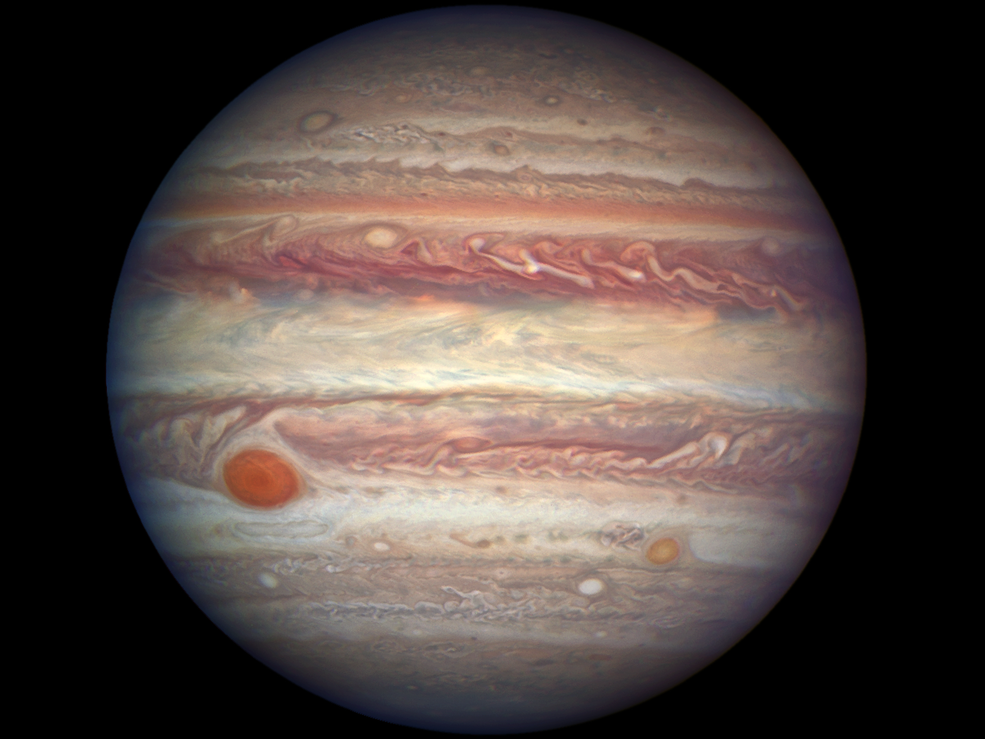Nasa image of Jupiter shows planet in unprecedented detail
Gas giant looms large in sky at its closest point to Earth

Your support helps us to tell the story
From reproductive rights to climate change to Big Tech, The Independent is on the ground when the story is developing. Whether it's investigating the financials of Elon Musk's pro-Trump PAC or producing our latest documentary, 'The A Word', which shines a light on the American women fighting for reproductive rights, we know how important it is to parse out the facts from the messaging.
At such a critical moment in US history, we need reporters on the ground. Your donation allows us to keep sending journalists to speak to both sides of the story.
The Independent is trusted by Americans across the entire political spectrum. And unlike many other quality news outlets, we choose not to lock Americans out of our reporting and analysis with paywalls. We believe quality journalism should be available to everyone, paid for by those who can afford it.
Your support makes all the difference.Jupiter has been captured in unprecedented detail in a new image released by Nasa.
The photograph, taken by the Hubble Space Telescope, views the gas giant at “opposition” – in a position directly opposite the Sun and the Earth. At the time the photograph was taken, all three were aligned, with the Earth between the Sun and Jupiter.
At this point, the planet’s colourful atmosphere was on full display, since it was at its closest point to the Earth, around 415 million miles away.
Jupiter is the largest planet in the solar system, with a mass two and a half times the size of all the other planets combined. Its atmosphere is divided into a number of distinct, colourful bands that run parallel to the equator.
The proximity of the planet on 3 April allowed a team led by Amy Simon from Nasa’s Goddard Space Flight Centre in Maryland to capture details in Jupiter’s atmosphere as small as around 80 miles wide.
Distinct in the photograph is Jupiter’s well known Great Red Spot, an anticyclone, or zone of high pressure, that has been observed for at least 150 years.
The storm is larger than Earth, but is slowly shrinking and becoming more round, although it is not known why. Scientists hope photographs such as those taken by the Hubble telescope will help them explain the phenomenon.
The space agency timed the Hubble observation to coincide with when its Juno probe would be near its closest point to Jupiter, so scientists could get concurrent pictures.
The Hubble Space Telescope was launched into the Earth’s orbit in the 1990s and from its position has been able to record some of the most detailed photographs of space ever.
Subscribe to Independent Premium to bookmark this article
Want to bookmark your favourite articles and stories to read or reference later? Start your Independent Premium subscription today.
Join our commenting forum
Join thought-provoking conversations, follow other Independent readers and see their replies
Comments